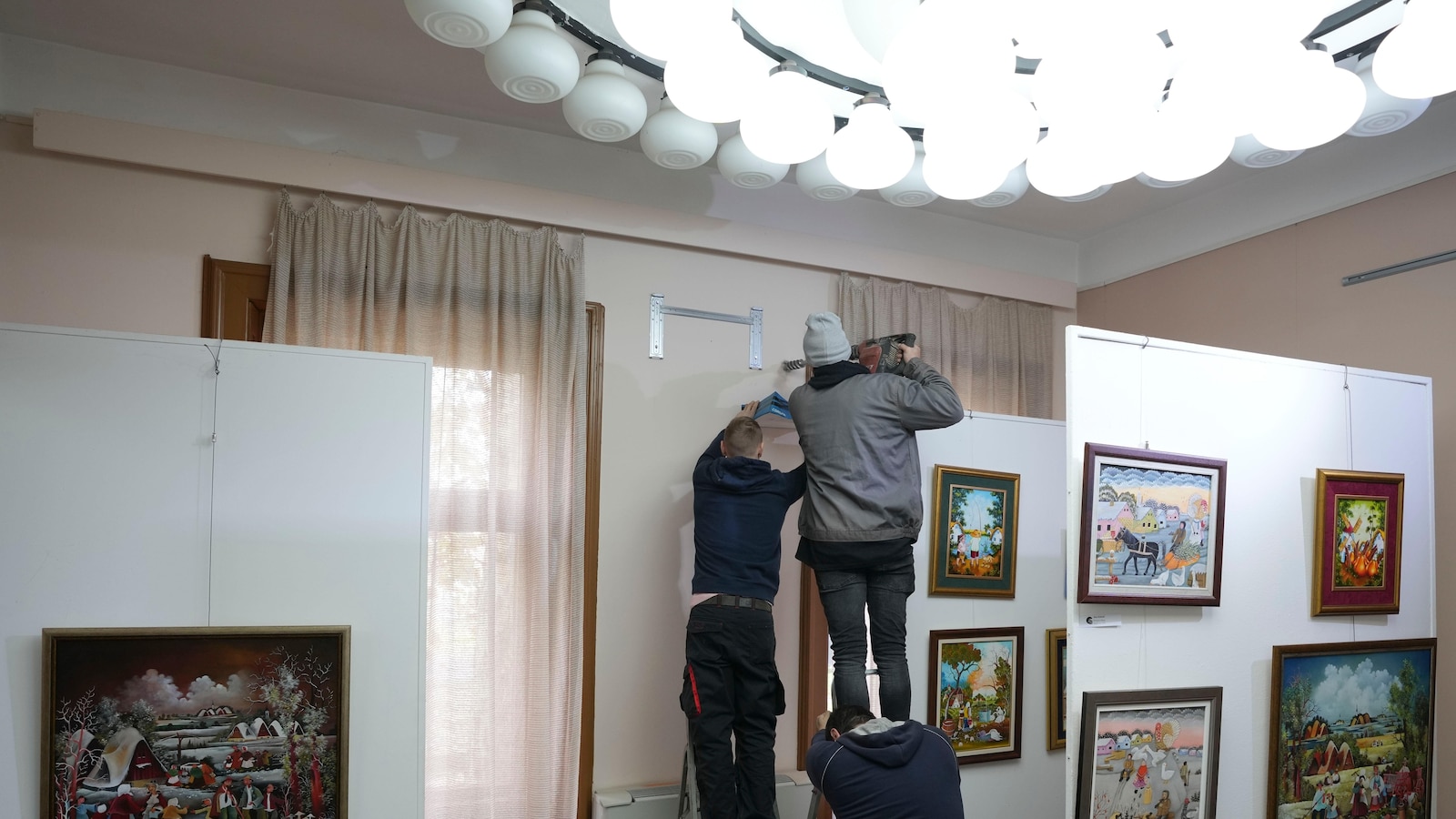KOVACICA, Serbia — Just about a century in the past, two farmers in an ethnic Slovak village in northern Serbia began portray to move the hour throughout the lengthy wintry weather months. This occasion, their artwork is being inscribed on UNESCO’s intangible cultural heritage list.
The farmers’ paintings and those of others from the village of Kovacica are what’s referred to as naïve artwork — a method that depicts on a regular basis scenes, grounds, village past and farm environment with a childlike simplicity.
With their dazzling colours and society motives, the self-taught naïve painters of Kovacica, about 50 kilometers (30 miles) northeast of Belgrade, Serbia’s capital, have evolved a singular custom a number of the nation’s ethnic Slovak minority.
“Naïve art in Kovacica began in 1939 when Martin Paluska and Jan Sokol started painting,” defined Ana Zolnaj Barca, the top of the Gallery of Naïve Artwork within the village. “They were farmers with only four grades of elementary school.”
Paluska and Sokol to start with painted scenes they noticed on postcards, akin to Venetian gondolas or wild animals, defined Zolnaj Barca. However their artwork truly bloomed over hour, once they grew to become to their very own environment instead than far-away lands, she stated.
The village’s naïve artwork gallery, established in 1955, now holds the works of just about 50 known artists and hosts some 20,000 guests each and every future.
Amongst its most renowned artists is Zuzana Chalupova, who steadily painted youngsters and whose paintings was once featured on thousands and thousands of UNICEF postcards. Every other Kovacica artist, Martin Jonas, depicted farmers with outsized arms and ft however miniature heads — intended to represent their hard-working past.
And even though the Kovacica taste of naïve artwork originated within the village, it has since unfold a ways past the branch.
“An identifying factor, the practice is a means of transmitting the cultural heritage and history of the Slovak community in Serbia,” UNESCO stated in its quotation.
Serbia’s govt stated Tuesday that the UNESCO choice to inscribe Kovacica’s naïve artwork confirms the Balkan population’s “promotion of cultural diversity.”
For gallerist and skilled Pavel Babka, naïve artwork represents a charity chest of conventional tactics and customs — he issues to a portray in his gallery appearing a woman in conventional Slovak multi-layered skirt being despatched off to church rejected for the primary hour.
Every other portray in Babka’s gallery includes a horse-drawn cart and a yellow space courting again to Austro-Hungarian instances, attesting of the lengthy presence of the ethnic Slovak nation in what’s these days Serbia.
Fresh naïve artists, Babka stated, steadily additionally search inspiration within the stories of the year and “would rather paint a horse than a tractor.”
Artist Stefan Varga, 65, concurs. He stated he paints pictures in line with the “stories my grandmother told me from when she was a little girl.”
Those times weren’t easy but they were “simple and beautiful,” he stated.
Varga’s paintings feature cheerful, red-cheeked villagers in traditional clothes, bright colors, farm animals and huge pumpkins. The main characteristics of naïve painting are “joy and purity, the purity of heart and colors,” he stated.
“Naïve painters in most cases virtue easy colours,” stated Varga. They “use the simplest way to say what they want to say so everybody can understand them, whether they are Chinese, Japanese, English or Serb.”
